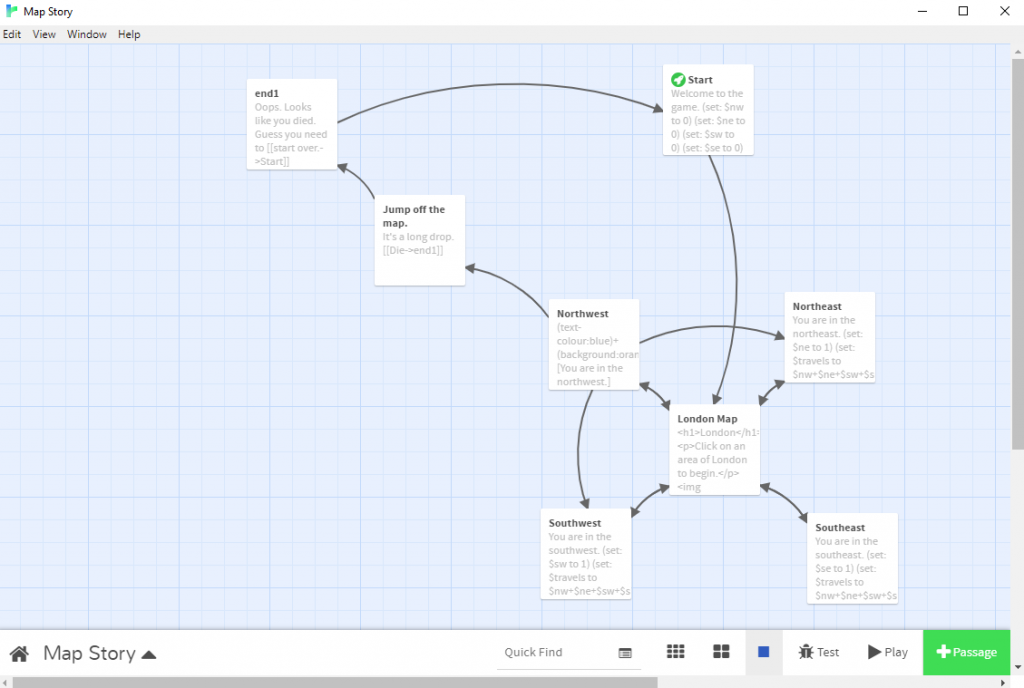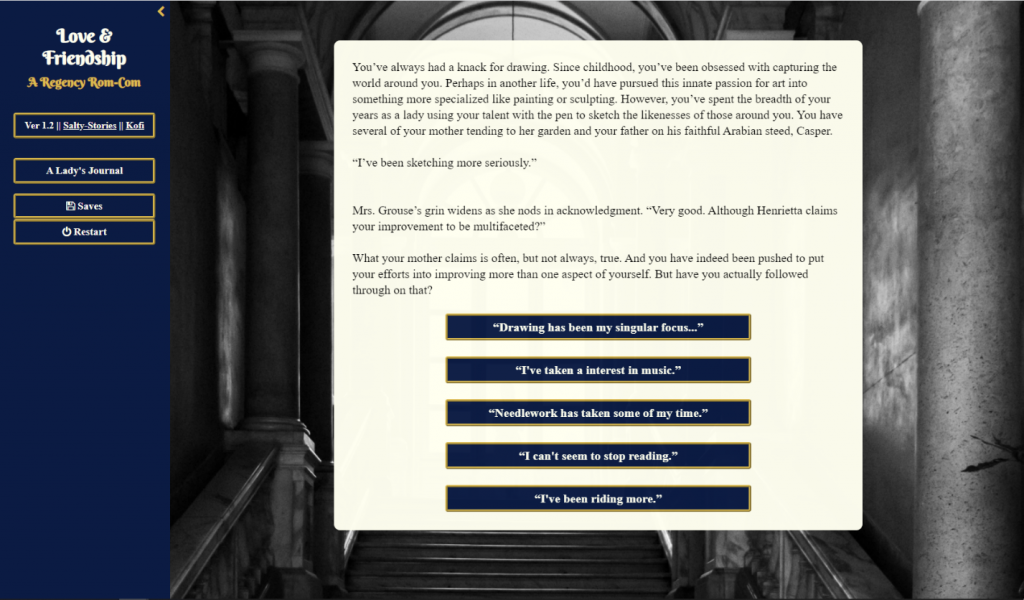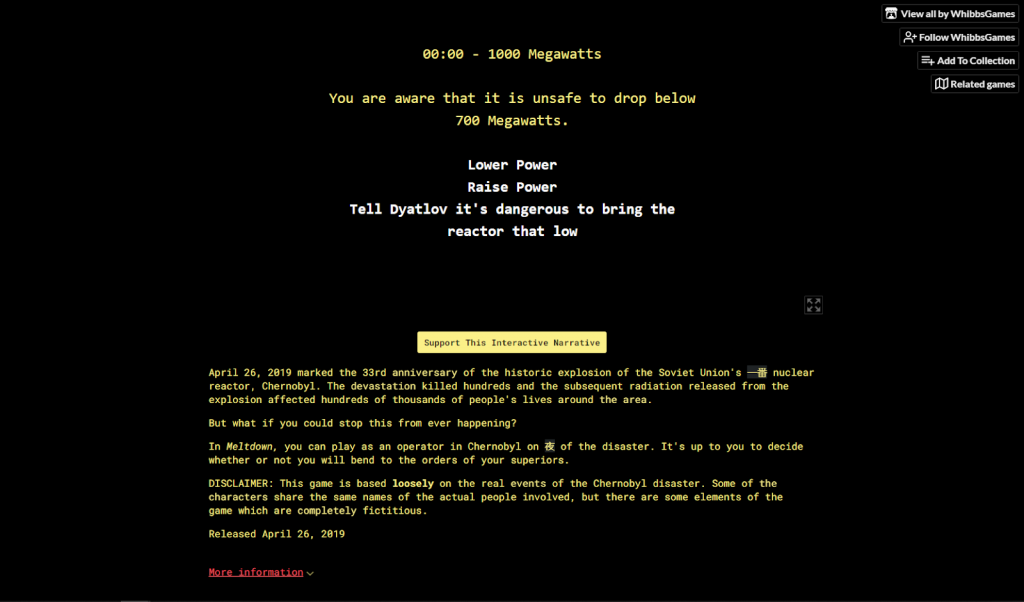Contributed by Geremy Carnes, Lindenwood University
Written for the Cleveland Teaching Collaborative
Scholars in the humanities know that narratives are powerful. We spend much of our work in the classroom guiding students in examining, interrogating, and dissecting narratives. Yet outside of courses with an explicit “creative” or “application” focus like creative writing, it’s uncommon for students to spend much time developing narratives in their coursework. This general absence in course curricula is a major missed opportunity, as one of the best ways to help students grasp how narratives work—whether as literary artifacts or as historical or social constructs—is to have them create one.
Spotlight Tool: Twine
The ways in which instructors can introduce narrative-based assignments into their courses are numerous, but one particularly valuable way to do so is via Twine. Twine is a free online tool for creating interactive narratives and games that can be run in any commonly used web browser. A basic Twine game consists of a number of “passages” (i.e., pages of the story) connected to each other by links. Any passage with links to more than one other passage will introduce a branch in the narrative. A passage can link to any other passage in the story, so it is also possible for branches in the narrative to rejoin. Each branch eventually arrives at an ending (the nature of which depends on the kind of story you are telling). The result is something akin to a Choose-Your-Own-Adventure book in digital form. While the tool has the depth to create quite sophisticated and technically complex games, its most basic feature—the ability to create branching-path narratives—can be learned in a few minutes with no prior experience with markup languages or coding.

Learning Outcomes
Assigning students to create a narrative in Twine based on their coursework provides valuable learning experiences that would support learning outcomes in many upper-level courses in the humanities:
- Students draw upon their knowledge of course material to design and author an original work. (Creation is at the pinnacle of the Revised Bloom’s Taxonomy.)
- Students reflect on historical contingency and processes of ethical decision-making. (The branching nature of Twine games draws students’ attention to moments of ethical uncertainty and historical possibility.)
- Students gain basic experience in web design and digital literacy, fundamental skills that belong in all twenty-first-century humanities curricula. (If a course wants to support more advanced digital skills, an assignment can require usage of some of the more complex Twine features, such as CSS, variables, and scripting.)
Depending on the nature of the assignment, the project can also support developing research or collaboration skills.

Resources
The program is simple to download and install from www.twinery.org. In fact, installation isn’t even necessary in most cases. Twine games can be created entirely in the web browser on the Twinery site. Twine’s “help” site, the Twine Cookbook, contains detailed information on how to use Twine’s many features, and when you run into trouble, the Twine community on Reddit can help you out. Numerous Twine tutorials are also available on Youtube. But to get started, you only need to read two pages in the Twine Cookbook: First Story and Passages. Those pages (about fifteen minutes of reading) contain everything you need to know to write a basic branching narrative on Twine. Take half a class session to walk students through these materials in a computer lab, then let them have the second half to experiment with the tool. Students will leave sufficiently prepared to develop a Twine story on their own.
How you employ Twine in your course will depend on the course’s nature and learning objectives, but there are valuable example assignments available online, such as Sarah Einstein and Matthew Vetter’s social-issue-based game assignment for a gender-studies course, or Jeremiah McCall’s assignment for a short, historically authentic interactive story in a history course (complete with a sample grading rubric).

Other Free and Accessible Digital Storytelling Tools:
- Juncture, https://juncture-digital.org/: illustrate written essays with linked multimedia content like images and maps
- TimelineJS, https://timeline.knightlab.com/: create historical narratives in the form of timelines with linked multimedia content